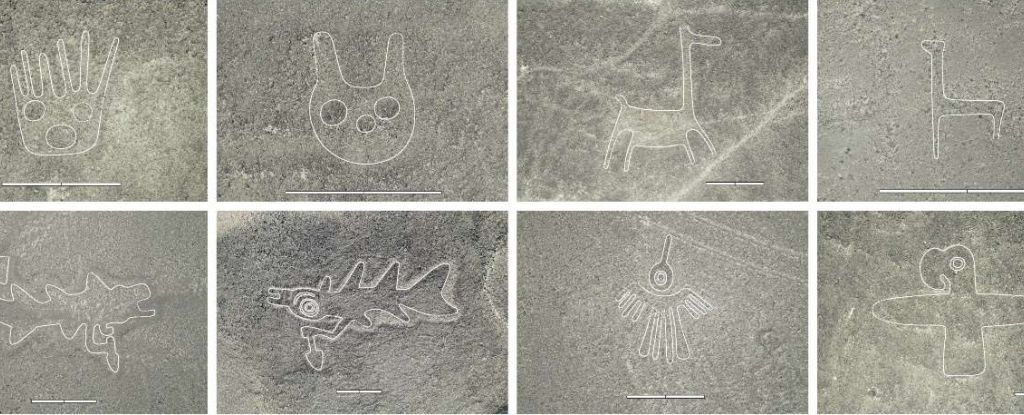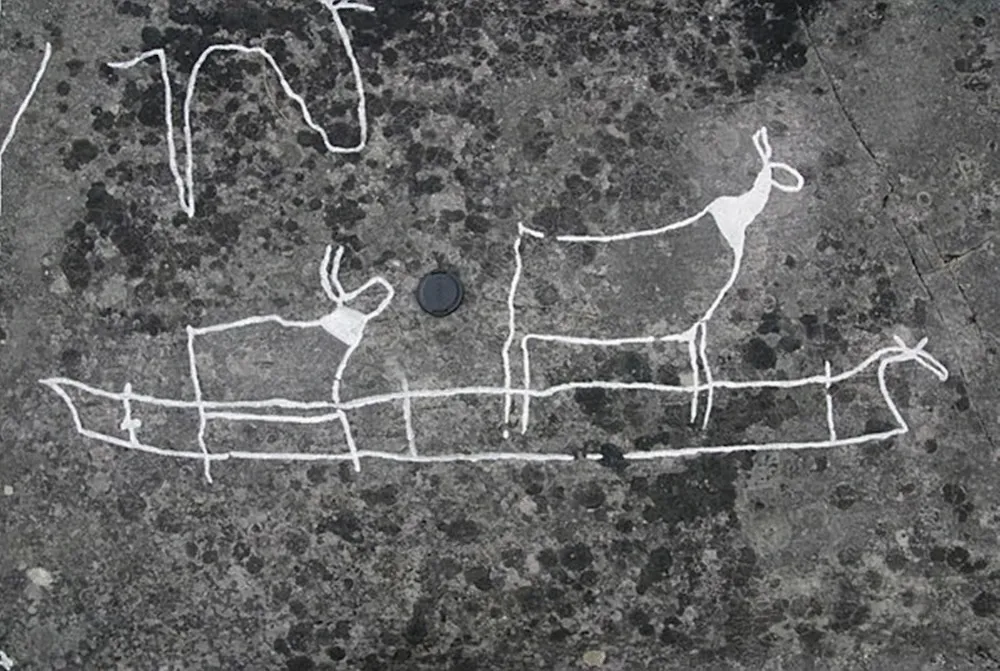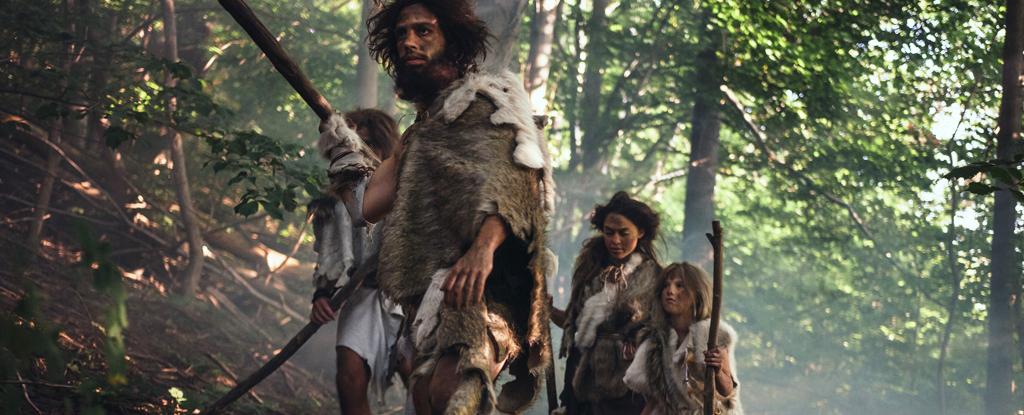Humans news stories

Scientists, as well as Hollywood movie producers, have long looked to nuclear bombs as a promising form of defence should a massive asteroid appear without warning on a collision course with Earth. Now, researchers at a US government facility have put the idea on a firm footing, showing how such a blast might save the world in the first comprehensive demo of nuclear-assisted planetary defence.

Archaeological fieldwork in Morocco has discovered the earliest previously unknown farming society from a poorly understood period of northwest African prehistory. This study, published today in Antiquity, reveals for the first time the importance of the Maghreb (northwest Africa) in the emergence of complex societies in the wider Mediterranean.

Using drones and AI, a team led by archaeologist and anthropologist Masato Sakai of Yamagata University in Japan has discovered a jaw-dropping 303 more in just six months – nearly doubling the known number.
A recent study published in the journal Dreaming sheds new light on the relationship between near-death experiences and dreaming. The research found that individuals who have had a near-death experience (NDE) report more frequent and vivid dreams, including lucid dreaming, out-of-body experiences, and even precognitive dreams, compared to those who have not come close to death.

In a new study, the team drew on a wide range of evidence—from medical studies of modern equestrians to records of human remains across thousands of years.

Known as the Pitted Ware Culture (PWC), this waterfaring Neolithic group of hunter-gatherers lived in Scandinavia between 3500 and 2300 B.C., according to the study, published Aug. 26 in the Journal of Maritime Archaeology.

A direct comparison between the experimental psychedelic drug psilocybin and a standard SSRI antidepressant shows similar improvement of depressive symptoms, but that psilocybin offers additional longer-term benefits. The work is presented for the first time at the ECNP Congress in Milan. A related paper will appear in the journal eClinicalMedicine to coincide with the conference presentation.

At various sites on the Abşeron Peninsula and Gobustan Reserve in Azerbaijan, archaeologists have found six designs carved into the surfaces of rocks. Dating to around 2000 BCE, they each resemble the hallmark pattern on which the ancient board game Hounds and Jackals is based. The research has been published in the European Journal of Archaeology.

According to a study published this week, an asteroid roughly the length of a city bus will be captured by Earth’s gravitational pull and orbit our planet for about two months, becoming a “mini moon”.

A team of researchers have analyzed human remains from the Oakhurst rock shelter in southernmost Africa and reconstructed the genomes of thirteen individuals, who died between 1,300 and 10,000 years ago, including the oldest human genome from South Africa to date. Their study is published in the journal Nature Ecology & Evolution.

African rock art depicting a mythical tusked creature may mirror the look of fossils of real-life ancient mammal relatives called dicynodonts. See the study here.

Scientists have discovered what they call a ‘third state’ between life and death, where some cells of an organism survive even after the organism dies. They don’t just survive – they develop new capabilities they didn’t have in the organism’s life, according to a study published in the Physiology journal.

When modern humans emerged from Africa, they explored far more than just new places. They encountered other human species, and in the Zagros Mountains of Iran, they did a heck of a lot more than just say hello. This research was published in Scientific Reports.

Remember to look skyward to see the moon when it will be about 27000km closer to Earth than usual
A recent study published in Translational Psychiatry adds a new layer to this understanding by investigating how ketamine impacts brain function, specifically focusing on high-order interactions in brain activity.

In an article recently published in Latin American Antiquity, Dr. Jill Mollenhauer argues that the Gulf Lowland Olmec, one of Mesoamerica’s earliest major civilizations, sometimes incorporated aesthetic and ritual practices associated with their rock art into their sculptures…








